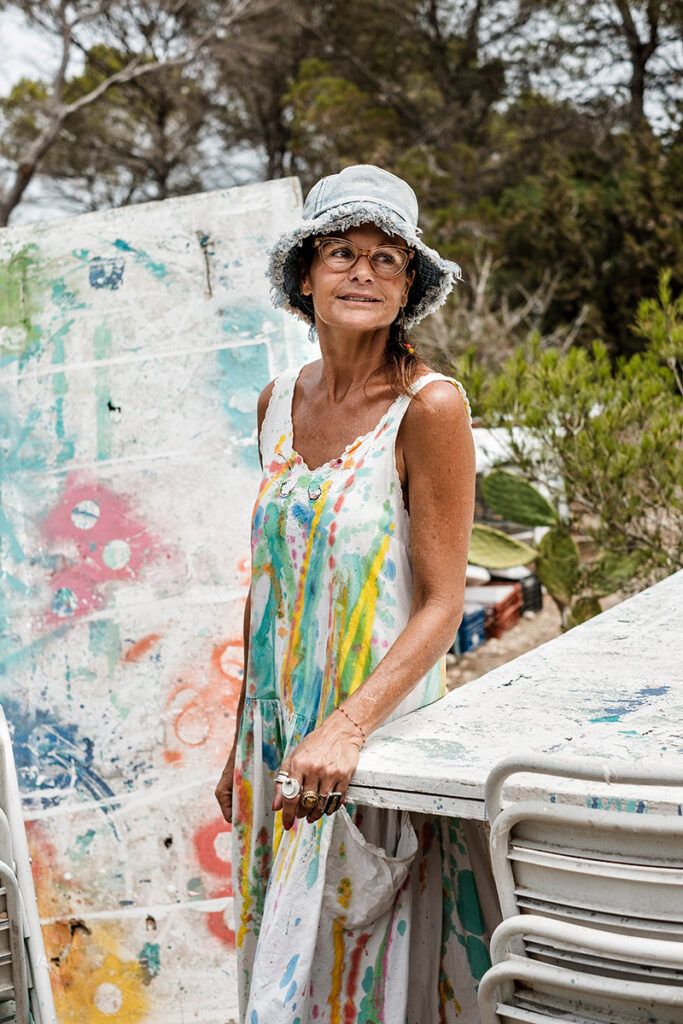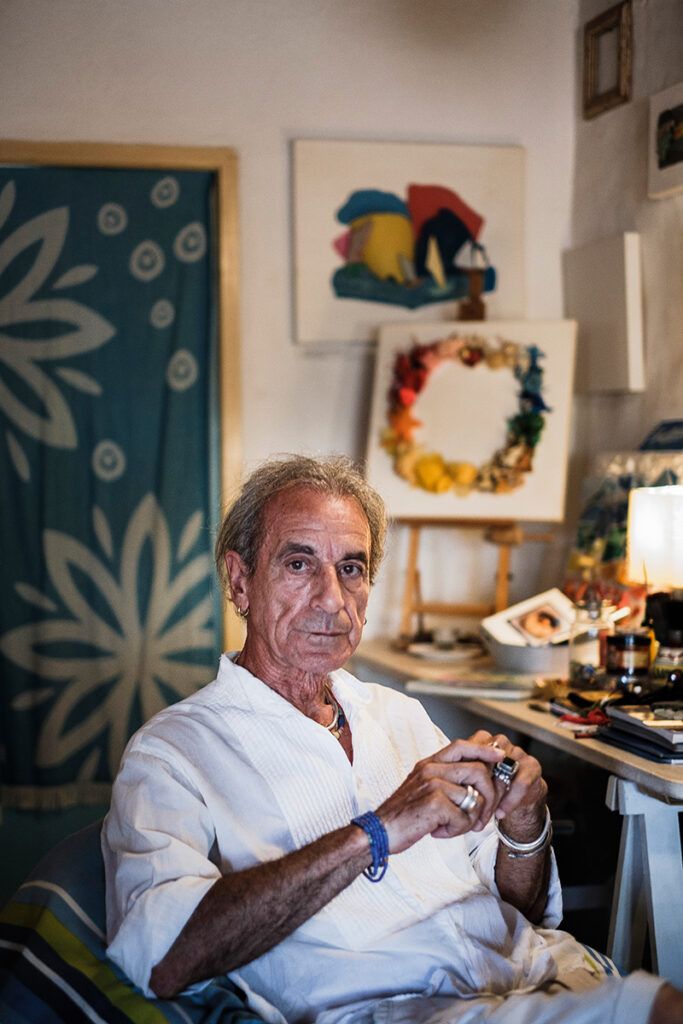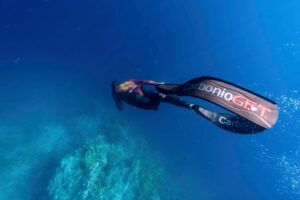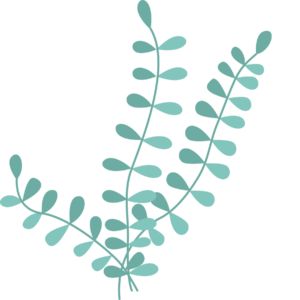Sol Courreges and Jorge Traverso are two of Formentera’s leading recycled artists, while Guillermina Gallardo, head decorator at the ‘Qué Celeste festival’, is a name to watch. When waste becomes art.
1. Sol Courreges: “My pieces are very much about believing in the impossible.”
For Sol Courreges creating art from waste is like making magic: “It is the transformation of something that was going to be another piece of waste into something that will accompany us for as long as we want because it appeals to us, we like it and it makes us happy,” she says. Based in Formentera since 2009, the Argentinian artist trained as a graphic designer in Buenos Aires. She started creating her recycled works after finding 400 vinyl records in the garage of her old home in Barcelona. “At the time, Custo was a client of mine and he told me to do some recycling for that year’s fashion show. I put together some handbags with the records and Custo’s fabrics, which were a hit,” she recalls.

When she arrived on the island, she changed her black-and-white urban style for an “explosion of colours”, inspired mainly by the sea. “I became more naive, I started to believe that the world is beautiful. My pieces are very much about believing in the impossible, dreaming, betting that a change can be achieved,” she says.
Courreges used to head to the Formentera landfill to get her waste – it was “like going to El Corte Inglés department store”, she remembers. When the landfill closed, it coincided with the moment that authorities started charging companies to process their waste. Now firms call her direct to offer waste to her. “It’s what I had been trying to do for years,” she says. Sol has two stores selling her works, in Sant Francesc and in La Savina. She also teaches workshops and holds exhibitions.

2. Guillermina Gallardo: “Everyone should be aware of what they consume.”
Originally from the city of Rosario in Argentina, Guillermina Gallardo has been living in Formentera for a decade. A self-taught artist, she didn’t hesitate to accept the challenge when in September 2015 she was asked to take charge of the decoration for the first edition of the artistic, cultural and environmental festival ‘Qué Celeste’.

Every year, with the help of other artists and volunteers, she creates the works of art exhibited at the festival, which are all made from waste collected in beach cleanups – mostly plastics and bottles. “I like to do big things because I think it creates more impact,” she says. “And besides, with so many volunteers, you can create something large and spectacular. More than anything for the children, as it surprises them more.”
Among the pieces on show at the last edition of the festival in 2019 were a huge wave formed by 2,959 plastic bottles, a large-format jellyfish, bottles illuminated by LED lights decorating the stage, and a photocall created by one of her friends. But does she see any of it working to change people’s awareness? “I think so, and more than anything else, I think so in the children, because they are shocked to see it. The message is that everyone should be aware of what they consume, of whether they really need it, where the food they eat comes from, whether it is healthy for them and for the environment.”
3. Jorge Traverso: “A multitude of plastic pieces washes up on the coasts of Formentera.”
Jorge Traverso has been creating art from the plastic that washes up on the beaches of Formentera for his personal Beach Art Project since 2014. Having trained as a painter at the School of Fine Arts in his native Uruguay, he has lived on the island since 2009, collecting the plastic he uses in his works himself. “A multitude of plastic pieces of all colours and sizes wash up on the coasts of Formentera, and then other things from the island itself end up in the sea,” he explains. “It’s all a vicious circle that makes marine pollution a very big problem today.” The artist points out that the Mediterranean “is a closed sea”, lamenting how every time there is a storm, more plastic shows up. “And we collect a lot of waste, I have participated in many drives, both collective and individual.” He also stresses the importance of posidonia for maintaining the transparency of the sea, regretting how the boats tear it up and contribute to its disappearance.

Traverso says he doesn’t have a preference for creating “figurative or abstract” works. Rather, he combines beach art – “what children, who find remains of things and make shapes with them, do” – with what he describes as “accumulations” that represent the “memory of our generations, of our time”. He has exhibited numerous times with the Baleària Foundation in Ibiza and Formentera and has taken his work to Barcelona. He also participates in the IbizArt Guide.











